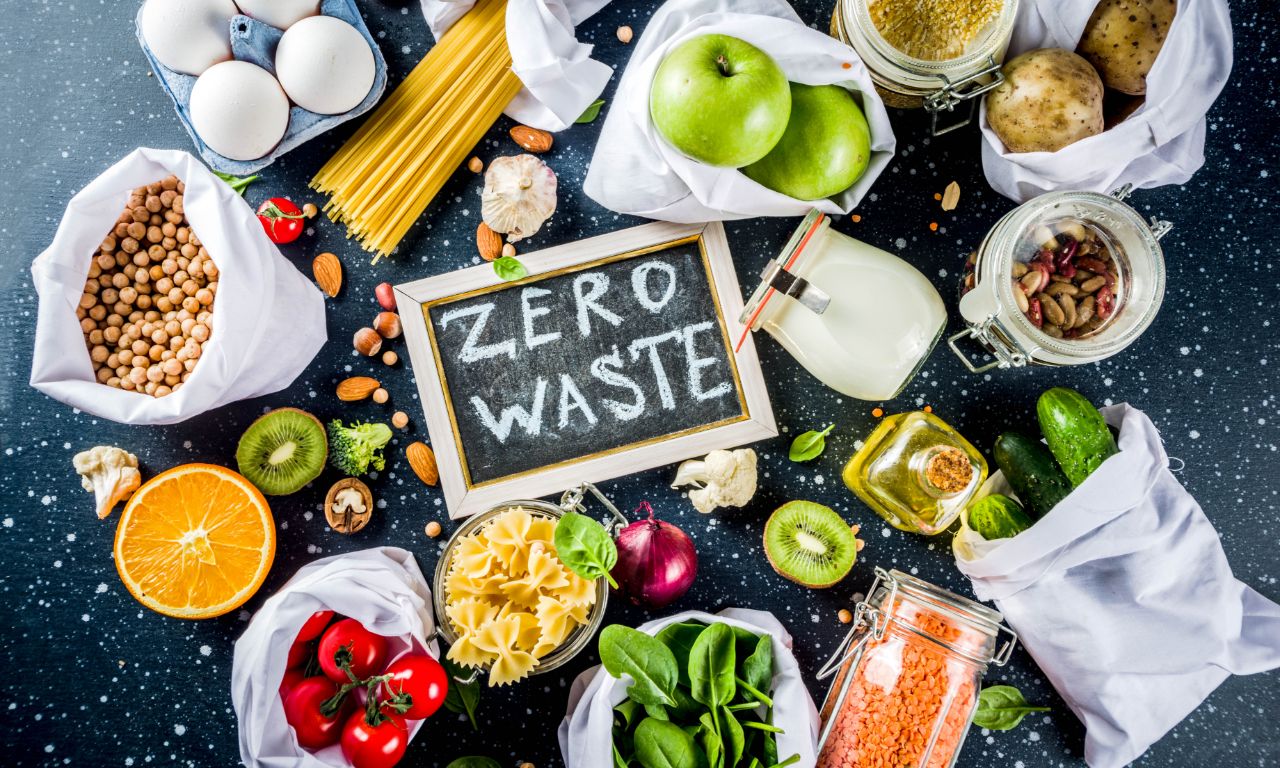Food waste is a significant issue worldwide, with an estimated 1.3 billion metric tons of food wasted annually. Meanwhile, millions of people struggle with food insecurity, lacking access to enough food for a healthy, active lifestyle. By rescuing and redistributing surplus food from retailers and manufacturers, food banks are not only helping to feed those who are hungry but also reducing the amount of food that goes to waste. Food banks are an essential part of the solution to both of these problems, reducing food waste and helping communities in need. In this article, we’ll explore how food banks are making a difference and share some of their unique strategies for success.
What are food banks?
Food banks are non-profit organizations that distribute food to individuals and families in need. They serve as an essential resource for communities, especially during times of economic hardship. While their primary goal is to provide access to food, food banks are also playing an important role in reducing food waste. By diverting excess food from going to waste, they are helping to minimize the environmental impact of food waste and create a more sustainable food system.
How Food Banks are Addressing Food Waste
Food banks are addressing food waste in several ways, which are listed below:
- Food recovery programs
- Community Outreach and Education
- Collaboration with Local Farmers
- Innovative Distribution Models
- Providing Nutritious Options
One of the keyways food banks reduce food waste is through food recovery programs. These programs work to divert food that would otherwise be thrown away to people in need. Food recovery programs typically work with grocery stores, restaurants, and other businesses to collect food that is still safe to eat but would otherwise go to waste. This food is then distributed to food banks and other organizations that provide food assistance to people in need.
Food banks also play an essential role in raising awareness about food waste and its impact on communities. Many food banks offer educational programs and workshops to teach people about the importance of reducing food waste and how they can help. By building community support and educating people about food waste, food banks are helping to create a culture of waste reduction that can have long-lasting benefits for both people and the environment.
Another way food banks are reducing food waste is by collaborating with local farmers. Farmers often have surplus produce that they are unable to sell, which can go to waste. Food banks work with these farmers to collect the surplus produce and distribute it to people in need. This not only helps to reduce food waste on the farm but also provides fresh, healthy food to people who may not have access to it otherwise.
Food banks are also adopting innovative distribution models to get food to people in need more efficiently. Some food banks are using mobile food pantries to bring food directly to communities that have limited access to healthy food. Others are working with schools and community groups to get food to kids and families who need it. These distribution models help ensure that people who need food assistance can access it more easily.
Food banks are committed to providing nutritious options to those in need. While donated food may not always be the most glamorous, food banks work hard to ensure that the food is still fresh and nutritious. Additionally, many food banks are also incorporating healthy options such as fresh produce, whole grains, and lean protein to provide a balanced and healthy diet to those in need.
How You Can Get Involved
Getting involved with your local food bank is easy and can make a significant impact on your community. Consider volunteering your time to help sort and distribute food or organizing a food drive in your community. Donating money to your local food bank is also a great way to support their efforts and help reduce food waste. Food bank donations can provide meals for families in need, support after-school programs, and assist seniors on fixed incomes. In addition, donating to a food bank can help reduce greenhouse gas emissions by diverting food from landfills.
Conclusion
Food banks are a critical part of the solution to both food waste and food insecurity. Through food recovery programs, community outreach and education, collaboration with local farmers, and innovative distribution models, food banks are making a real difference in the lives of people in need. By supporting food banks and their efforts to reduce food waste, we can help create a more sustainable and equitable food system for all.




